Marion Nestle
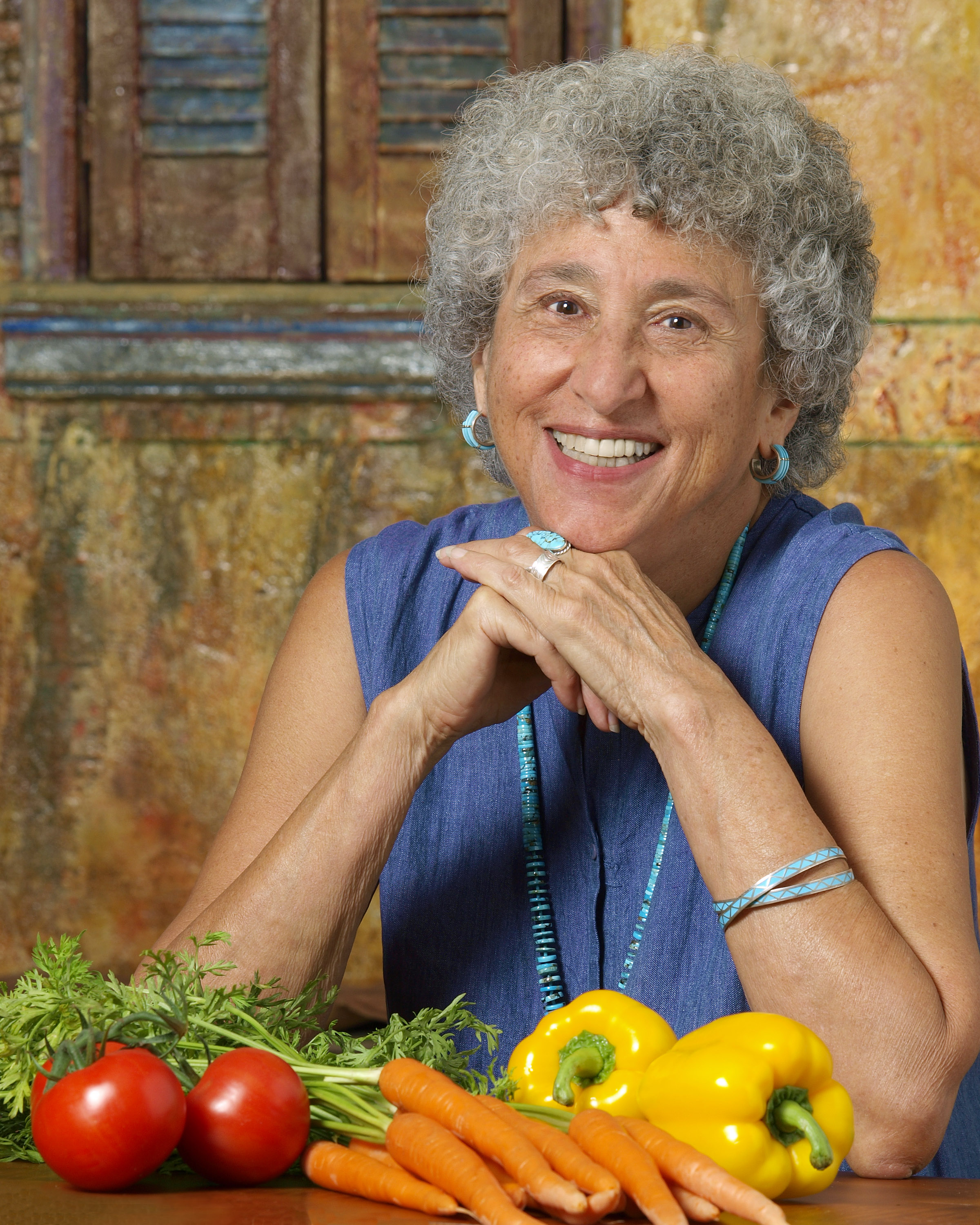
Unless there are big changes within the next 20 years, I foresee a two-class food system. One class will eat industrialized food produced as cheaply as possible at the expense of its workers and natural resources. The other will enjoy home gardens and locally and sustainably produced food, at greater cost. I’m hoping for the enormous expansion of this latter approach. For that, we need a farm policy inextricably linked to health and environmental policy. We can achieve that, but only with serious advocacy and political engagement.
Marion Nestle is professor of nutrition, food studies, and public health at New York University.
Mark Bittman
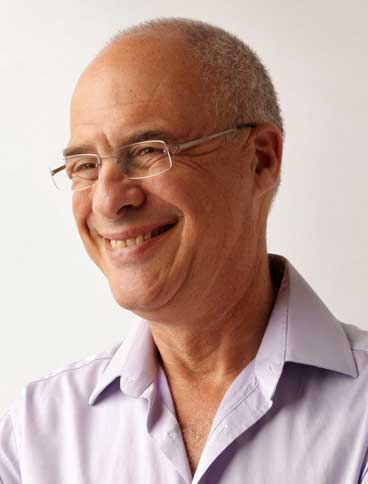
Looking forward, there might be some higher tech food but I don’t see a lot of soylent in our future. The highly processed junk that dominates our diet takes advantage of the way we grow and process crops and turns them into food-like substances that to many people taste good, provide enough calories, and are cheap and familiar enough to tolerate, but they barely sustain basic nutrition. There might be some fancy footwork but a 3D printed cheeseburger will still be a cheeseburger.
We could fix that, and if we did … well, then we could be looking at a much better scenario. But this would take big-picture change in diet and in agriculture. The changes go hand-in-hand – a diet more heavily reliant on plants and less on animals and junk, and a more sustainable agricultural system that moves away from chemical-intensive monocropping – but they are not going to happen without a fight. Or a tragedy.
Mark Bittman is a writer for the New York Times and the author of How to Cook Everything.
Stewart Brand
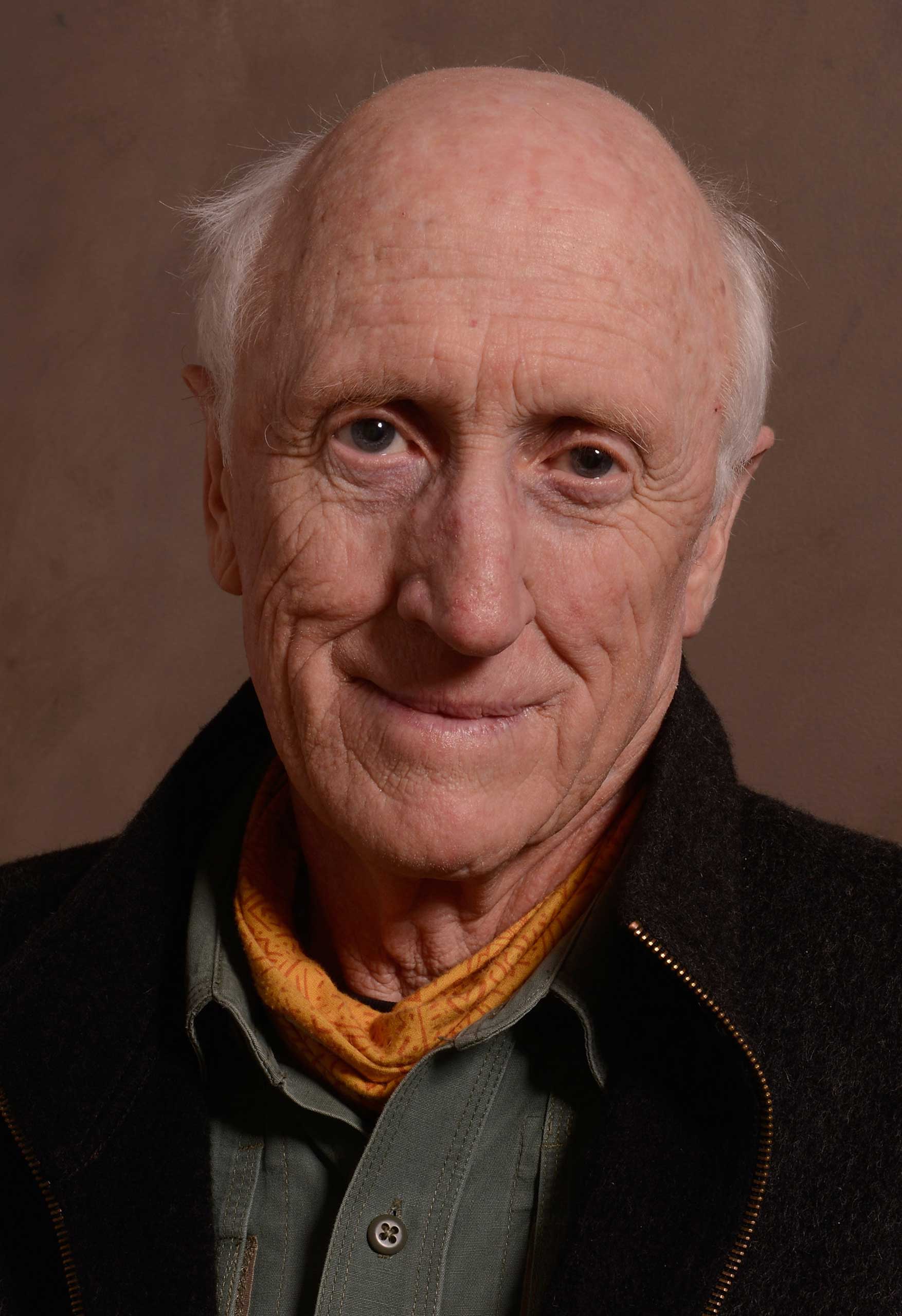
The arrival of “cruelty-free” meat grown in vats (or whatever) and not in living animals will have wide consequences, if it comes. It could free up enormous quantities of grazing land worldwide to return to nature. It would reduce the water demand of agriculture. It would be a big win for animal welfare. And it would help establish biotech as a benign source of improved food. (Many, of course, will reject that whole package.)
There’s a good chance for some industrial districts of cities turning into semi-agricultural districts with year-round vegetables and fruits grown in dense indoor farms using LED lights and surprisingly little water. They would fill the old industrial buildings floor to ceiling. The short distance to market and savings of energy and water would make them economically viable. Really fresh vegetables—pick ’em yourself.
Stewart Brand is the author of Whole Earth Discipline: Why Dense Cities, Nuclear Power, Transgenic Crops, RestoredWildlands, and Geoengineering Are Necessary.
Dan Barber
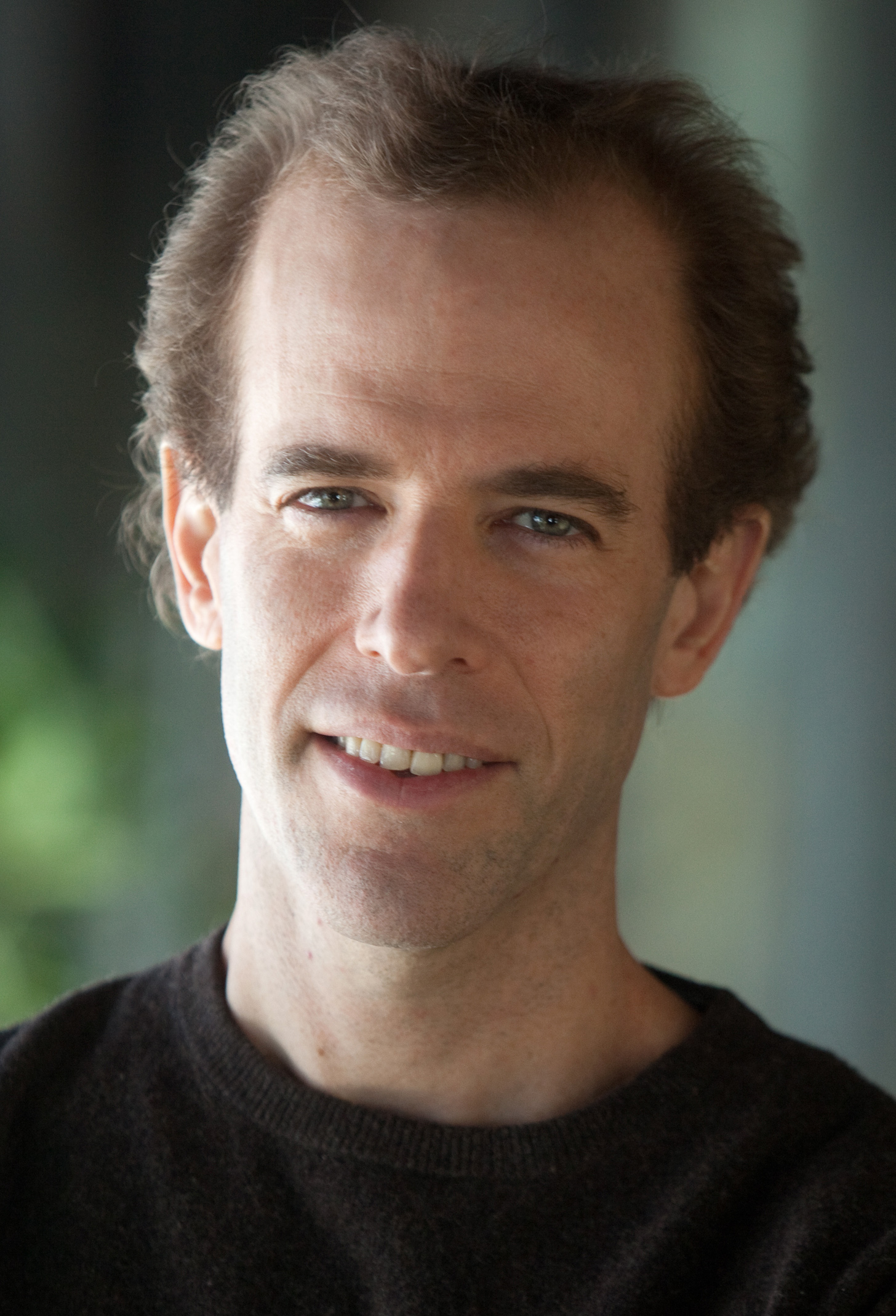
The protein-centric dinner plate, which America created and now exports to the rest of the world, is a culinary anomaly. By 2050, it will be obsolete. Instead, grains, legumes, and vegetables will take center stage, alongside under-coveted cuts of meat, such as neck or shank. In other words, Americans will feed themselves the way most cultures always have. Seeds will become an even more vital part of the conversation. We tend to think of seeds as a black and white issue—heirlooms on the one hand, genetically modified “frankenfood” on the other—but there’s a huge spectrum that exists between those two, and, 15 years from now, we’ll all know that the answer is somewhere in the middle. Farmers and eaters will collaborate with modern plant breeders to create new varieties of grains and vegetables to thrive in their regions, marrying classic seed selection with modern technology such as genome mapping. Yield, flavor, nutrition, locality, will all factor into the equation.
Dan Barber is the executive chef and co-owner of Blue Hill and Blue Hill at Stone Barns, and the author of The Third Plate.
Richard Branson
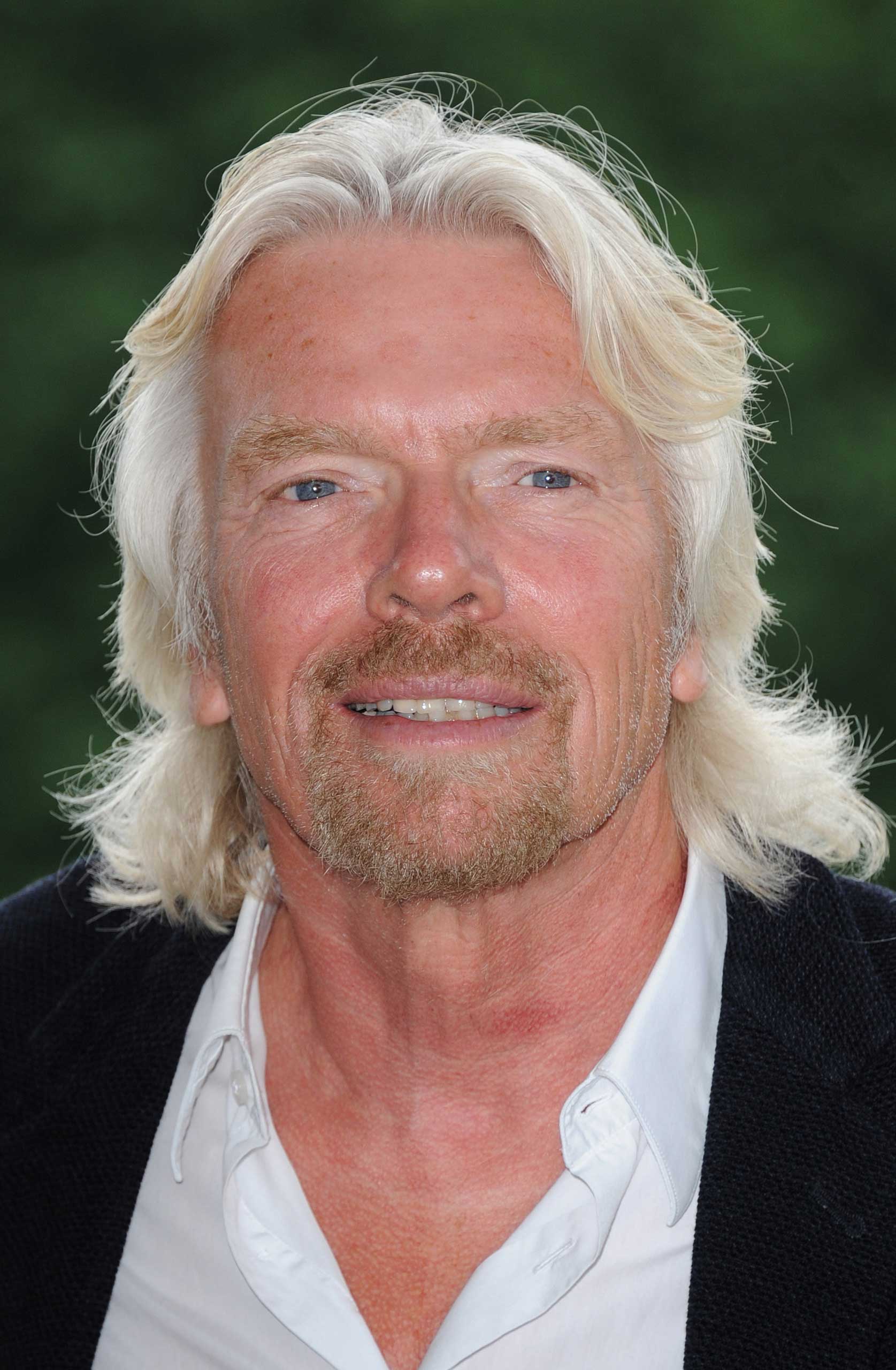
Twenty years from now companies like Beyond Meat will be making foods that taste just like meat but eliminate the need for cattle and other animals be eaten. This will result in us being able to utilize 35 times less lamb, 15 times less water and could be as much as 20 times less costly. I gave up eating cattle six months ago to see whether I would miss beef and surprisingly, for myself, haven’t missed it at all. If we could get many other people to do the same it would take the pressure of the rainforests and all the beautiful kind of diversity we are losing in the rainforests and people would be healthier as well. The worst thing that could happen is that as people come out of poverty in China and Africa the demand for cattle continues to rise. If that happened we would have little forest left in the world, little biodiversity and climate change would accelerate.
Richard Branson is the founder of Virgin Group.
Bee Wilson

Since writing a book about the history of kitchen technology, I get asked about the future of cooking a lot. And my wager is that the cooking of the future will look much more like the cooking of the past than anyone usually predicts. I can’t see wooden spoons becoming obsolete any time soon. I do think, however, that there will be innovations in the way we shop for food and the kinds of pans and stoves we use. Steam ovens will be the microwaves of the future and I also predict a pressure cooker revival, because this tool represents such savings not just of fuel but of time, without compromising on flavor. And in 20 years, I’m convinced that most Americans will be buying groceries through online delivery services and will feel amazed that they ever struggled to carry so many heavy bags from the car to the front door every week.
Bee Wilson is the author of Consider the Fork: A History of How We Cook and Eat (Basic Books). Her next book, First Bite: How We Learn to Eat, is due out in 2015.
Michael Pollan

The dream of a meal-in-a-pill has been with us at least since the Jetsons, and this “dream” keeps retreating further into the future. (The current manifestation is Soylent, a meal in a powder for people too busy to be bothered to eat.) Why hasn’t this dream been realized? Two reasons: we don’t know enough about nutrition to simulate a diet that will keep us healthy longterm. Example? Baby formula still doesn’t keep babies as healthy as mother’s milk, and we’ve been at that project for almost 200 years. The human requirement for food is more complex than we know. But the other reason the dream won’t be realized is that we don’t just eat to fuel our bodies—we eat for pleasure, communion, identity, etc. and you can’t get all that in a pill or powder.
Michael Pollan is the author of Cooked, The Omnivore’s Dilemma, and In Defense of Food.
Dorothy Cann Hamilton
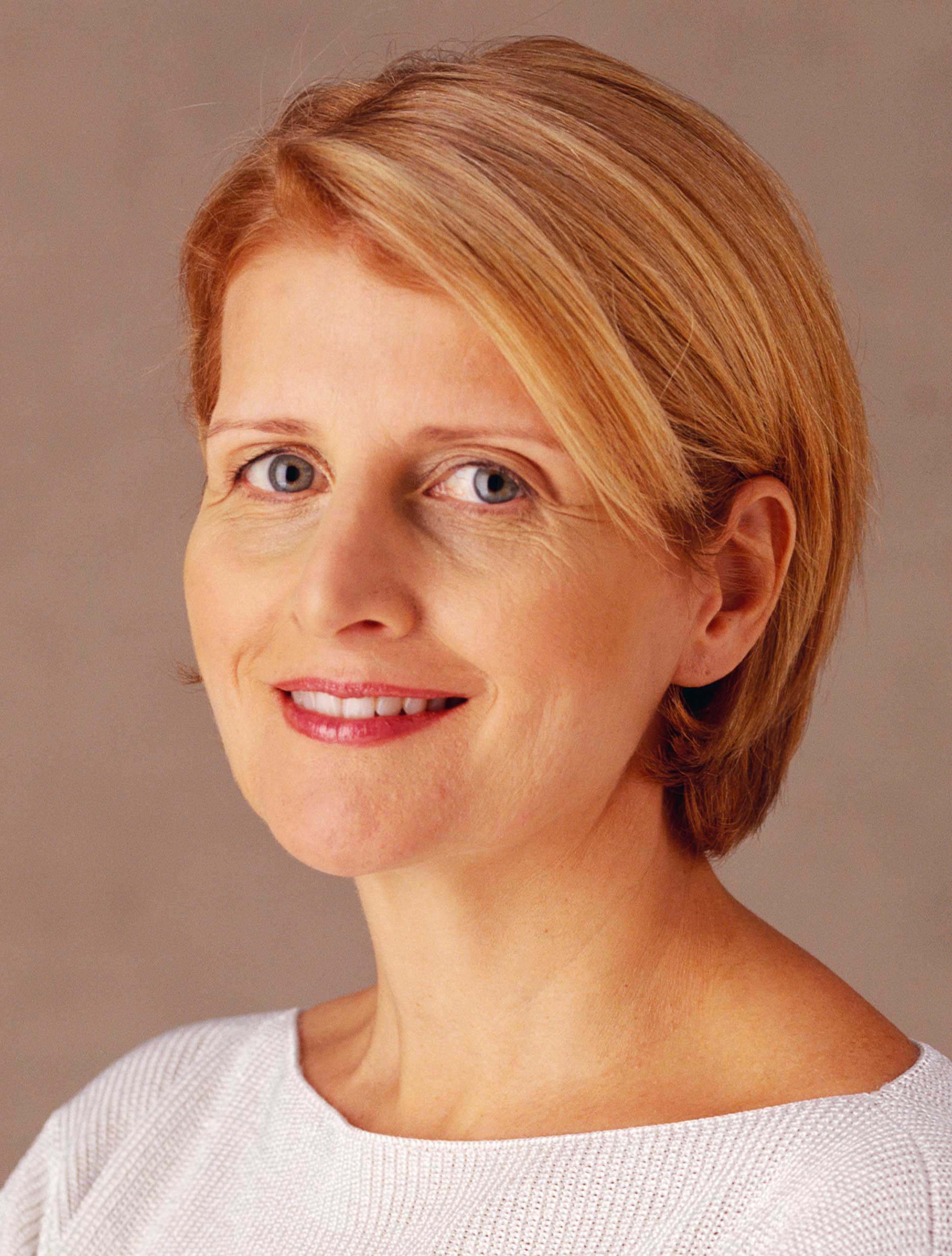
My prediction for a game change in the way we eat food is not from the perspective of a science. It is not even from the perspective of a chef. It is from the perspective of diversity in our culture–and our wallet. We already see that food prices are being affected by weather, disease and geopolitical issues. Many commodities once taken for granted and free are now precious (think water in California). What will be the largest shift in the way Americans eat? They will forego expensive proteins, fresh and highly transported (pricey) produce, and will rethink how they take in calories. Hopefully with education, they will be nutritious calories. Where a prime rib might have been the ultimate American Sunday dinner, tomorrow we are probably looking at steak fajitas (3 ounces per person) with rice and beans. You know what? That’s a better diet for us and for our planet. I call that progress.
Dorothy Cann Hamilton is the founder and CEO of the International Culinary Center.
Ray Kurzweil

The next major food revolution will be vertical agriculture, in which we grow food in AI controlled vertical buildings rather than horizontal land: hydroponic plants for fruits and vegetables and in vitro cloned meat. Benefits will be profound:
The 2020’s will be the decade of the vertical agriculture revolution.
Ray Kurzweil is an inventor, author and futurist, and a Director of Engineering at Google.
Ferran Adrià

When we talk about the ecology of food, that message is directed towards a particular type of consumer. Someone who earns $1,000 a month isn’t the same as someone who earns $10,000 a month. What is clear, however, is that as a society our life expectancy is much higher than it has ever been and we should mind our diets to better our overall health.
The diets and tastes of those interested in sports or in health or in the simple pleasures of food won’t be the same. We’re heading towards an “A la Carte” diet. That is to say, each person will decide for themselves. But it is fundamental to specify which foodways we are discussing to make an accurate reflection. Unfortunately, in the countries where hunger is still rampant, much of this would not make sense.
Ferran Adrià is the chef behind elBulli and the elBulliFoundation.
Corey Lee
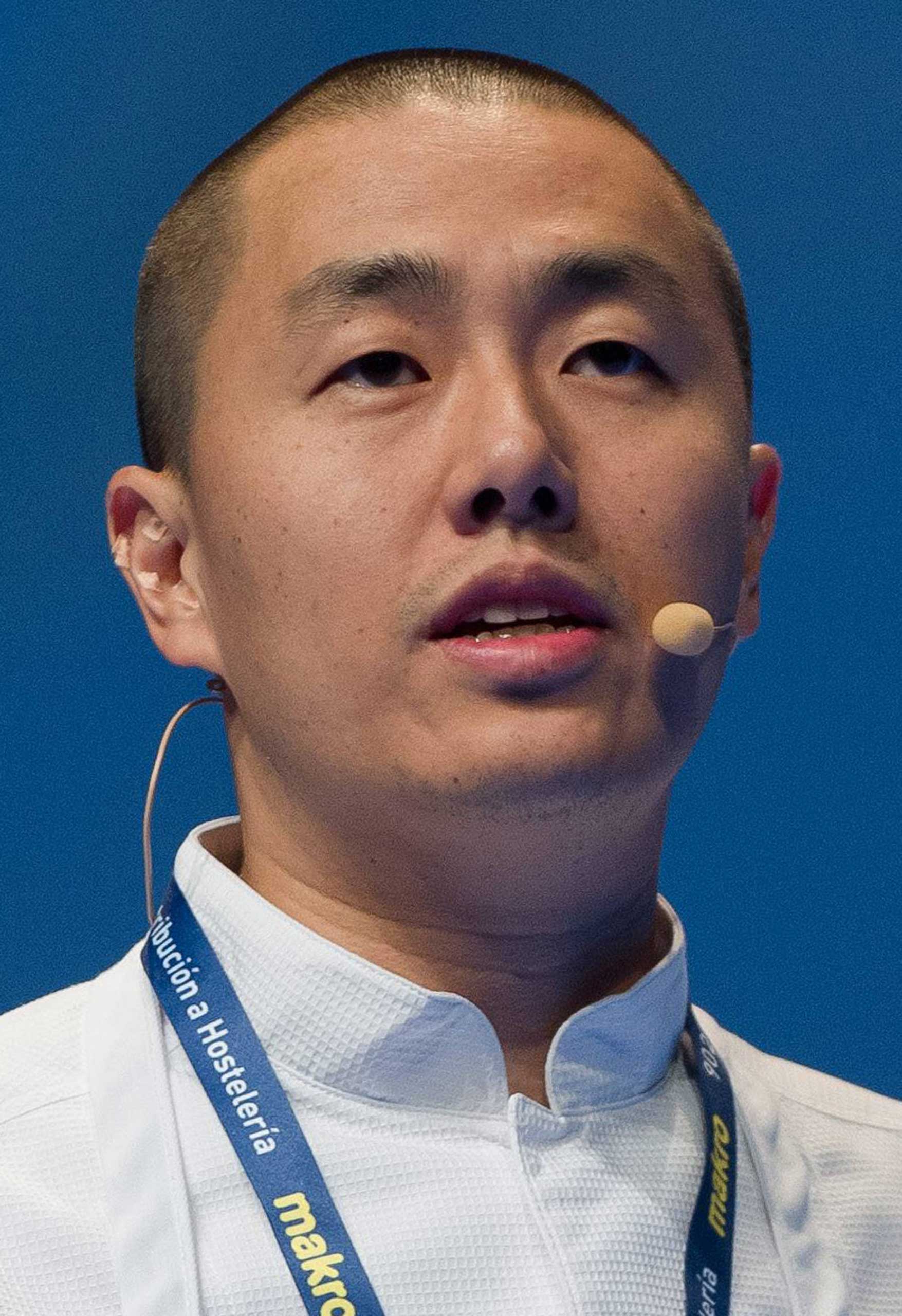
Food innovation in the next decade will be centered around understanding flavor—its composition, how we perceive it, ways to measure it, and even a new language to discuss it. I think chefs will be able to quantify just how much and what kind of tomato flavor is in their Bolognese, and consumers will be able to make choices according to their preferences. Someone perusing a label in a supermarket in 20 years will be looking at a totally different set of measurements than we do now.
Cracking the code of flavor is at the center of both the best and worst outcomes. In the best scenario, it will promote sustainability as we learn better how to rely solely on responsible and plentiful ingredients to produce great flavor, and also allow for the enjoyment of delicious food to be a more democratic experience. In the worst scenario, this could lead to a revolution of synthesized foods, of which the ramifications are frightening.
Corey Lee is the head chef of San Francisco’s celebrated two-Michelin starred restaurant Benu. His first book, Benu, will be published by Phaidon in April 2015.
Mark Stech-Novak

As a creator of the space were cooking is done, I straddle the line in two camps: high-tech and old school. I firmly believe in the historical value of techniques and traditions: a wood-grilled bistecca alla fiorentina is a gift from the Gods and we should have restaurants that can provide this kind of delight. We also have room for the el Bulli-styled culinary laboratories of the world. Those who straddle these realms: Daniel Patterson, David Kinch or René Redzepi for example, dwell in a world where a conscious decision to preserve and maintain the origins of quality can be tailored and adapted with modern techniques and manipulations without destroying the essence of the ingredients. All great chefs needs homes that can help them exceed their own expectations of themselves.
Mark Stech-Novak is the principal of Mark Stech-Novak Restaurant Consultation & Design. This is an excerpt from his book in progress, Cuisinology.
Daniel Patterson

The best possible change for the American diet would be less meat, less processed food, more real cooking. If we can reach young people now and give them better options, they could upend the current way of eating in one generation. My hope is that high-level chefs can use their skills and experience to rethink our systems of institutional eating: fast food, schools, prisons and hospitals. The biggest innovations will be in large-scale food production.
Daniel Patterson is the chef behind the two-Michelin-starred San Francisco restaurant Coi.
Paul West
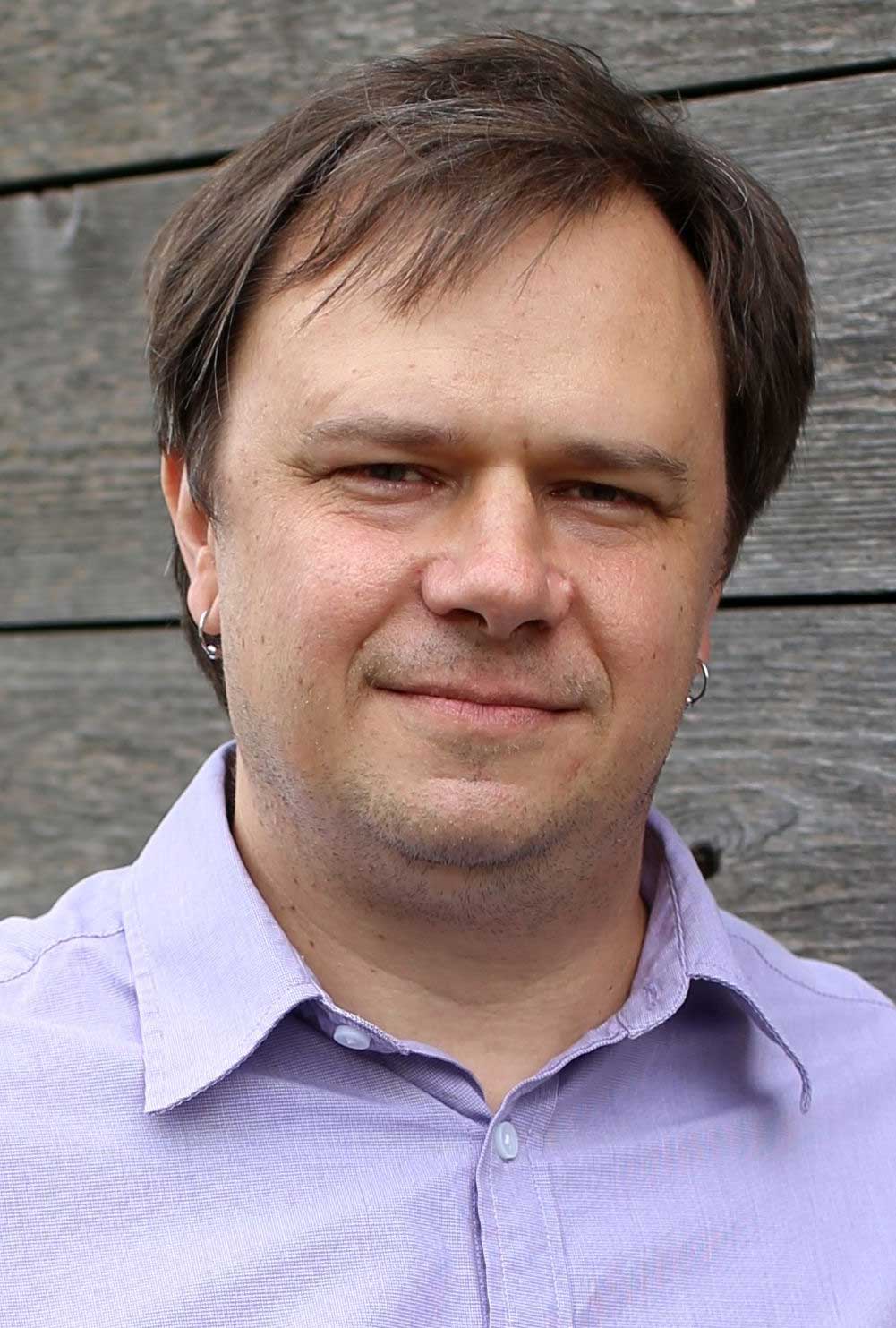
Feeding people in America now and going forward is three-part challenge. First, we need to grow more food on the current cropland. We’re already farming the best soils and expanding into new areas can destroy natural habitats or have other environmental impacts. Second, we need to grow food more efficiently. Globally, agriculture is the biggest contributor of greenhouse gas emissions and water use, as well as a major driver water quality degradation and habitat loss. Third, we need to use what we already grow more efficiently. In the U.S., about two thirds of all the calories produced on croplands are used as livestock feed. It takes a lot of feed calories to produce a calorie of meat. Further, from 2000 to 2010 the amount of corn production used for ethanol jumped from 6 to 38 percent. Further, somewhere between a third and half of the food we produce gets wasted in the food service industry, retailers, and our refrigerators. The good news is that even small changes in either diet or waste reduction can have a tremendous effect on food availability.
Paul West is the co-director and lead scientist for the Global Landscapes Initiative, a program within the Institute on the Environment at the University of Minnesota.
Steve Case
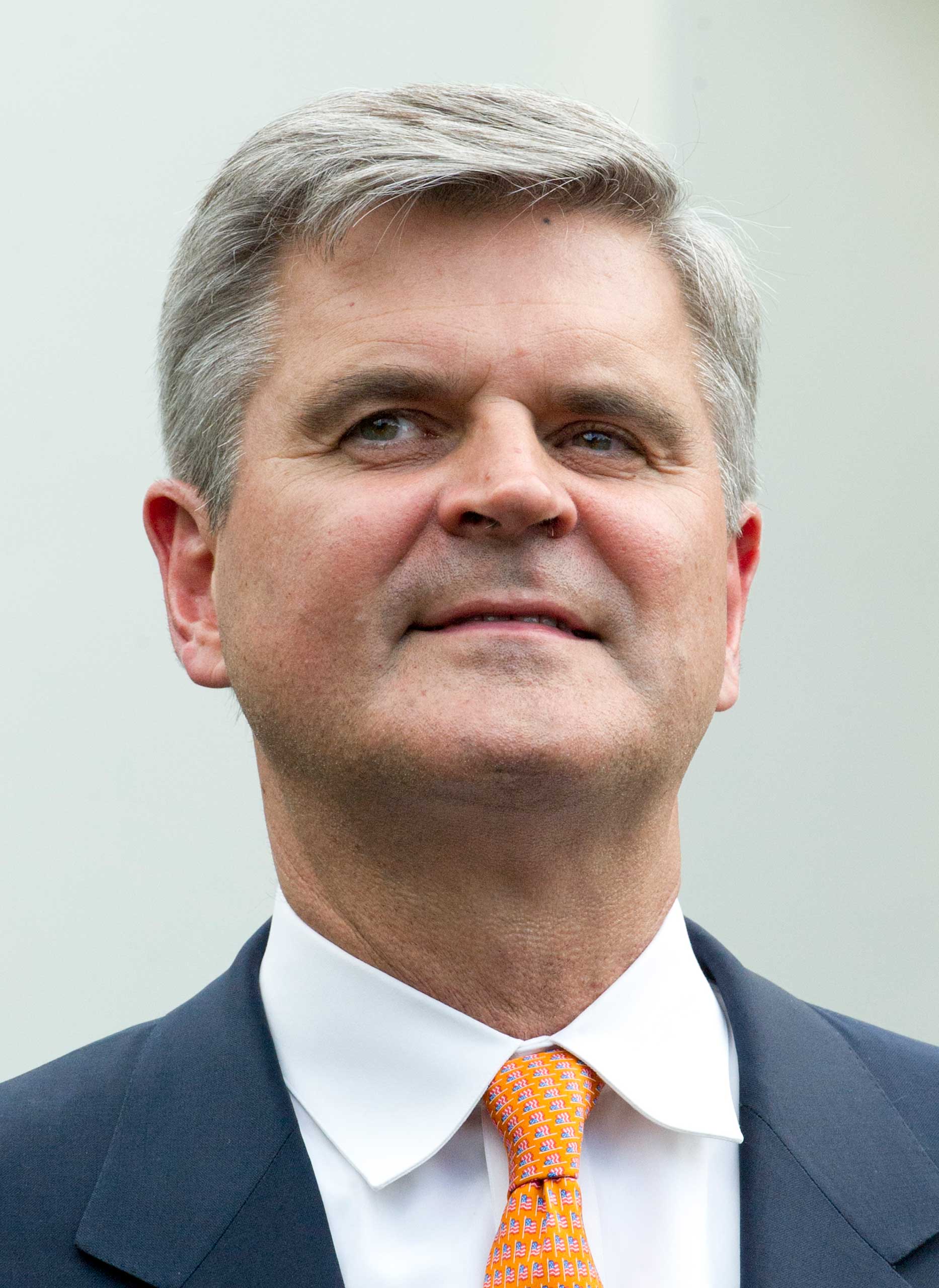
It is gratifying to see so many passionate entrepreneurs now focused on disrupting the food industry. We know that what (and how much) we eat has a significant impact on our lives—so more innovation is needed to give people better tools to make better choices, and to serve up healthier and more convenient options. And that needs to start in schools. Healthier school lunches will help improve learning, and instil better habits. The notion that we are what we eat was first suggested more than two centuries ago. It is time we embraced that idea, and took steps to ensure a brighter future for food.
Case is the CEO and chairman of Revolution, which invests in several companies dedicated to solving food problems.
Anna Lappé
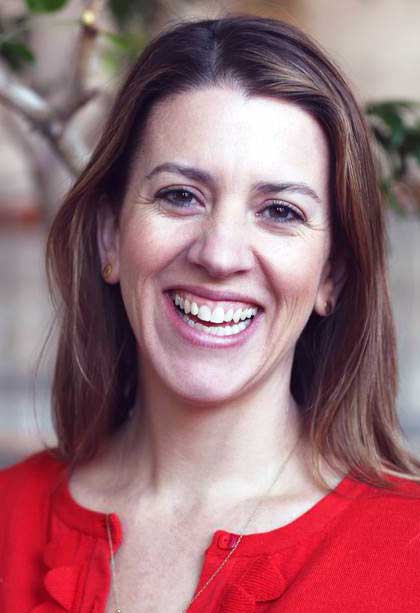
Much the way that energy-efficient light bulbs, appliances and solar panels are now ubiquitous in homes around the country, refrigerators of the future will be filled with low carbon items like whole, unprocessed foods, organically grown produce, more plant-based foods and sustainably raised meat and dairy, with less packaging. People will understand food waste as not just a waste of money but a dangerous contributor to global warming.
It will become commonplace for schools—from grade schools to colleges—to have on-campus edible gardens and farms and to be buying directly from regional farmers for school food. Just launched a decade or so ago, the Farm-to-School Network now boasts more than 12,500 districts in its network in every single state in the nation. Just launched a few years ago, the Real Food Challenge now has 300 college campuses that are encouraging the shift to “real food” purchases on college campuses.
Lappé is the founder of Real Food Media Project and author of Diet for a Hot Planet: The Climate Crisis at the End of Your Fork and What You Can Do About It.
More Must-Reads from TIME
- Donald Trump Is TIME's 2024 Person of the Year
- Why We Chose Trump as Person of the Year
- Is Intermittent Fasting Good or Bad for You?
- The 100 Must-Read Books of 2024
- The 20 Best Christmas TV Episodes
- Column: If Optimism Feels Ridiculous Now, Try Hope
- The Future of Climate Action Is Trade Policy
- Merle Bombardieri Is Helping People Make the Baby Decision
Contact us at letters@time.com